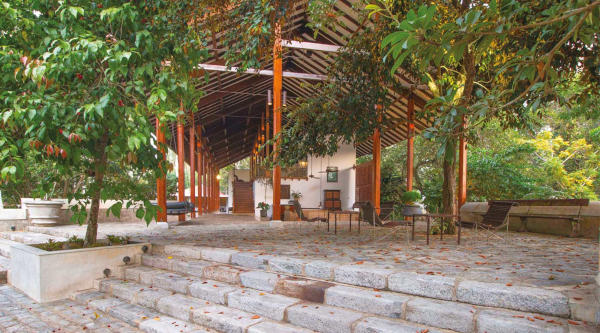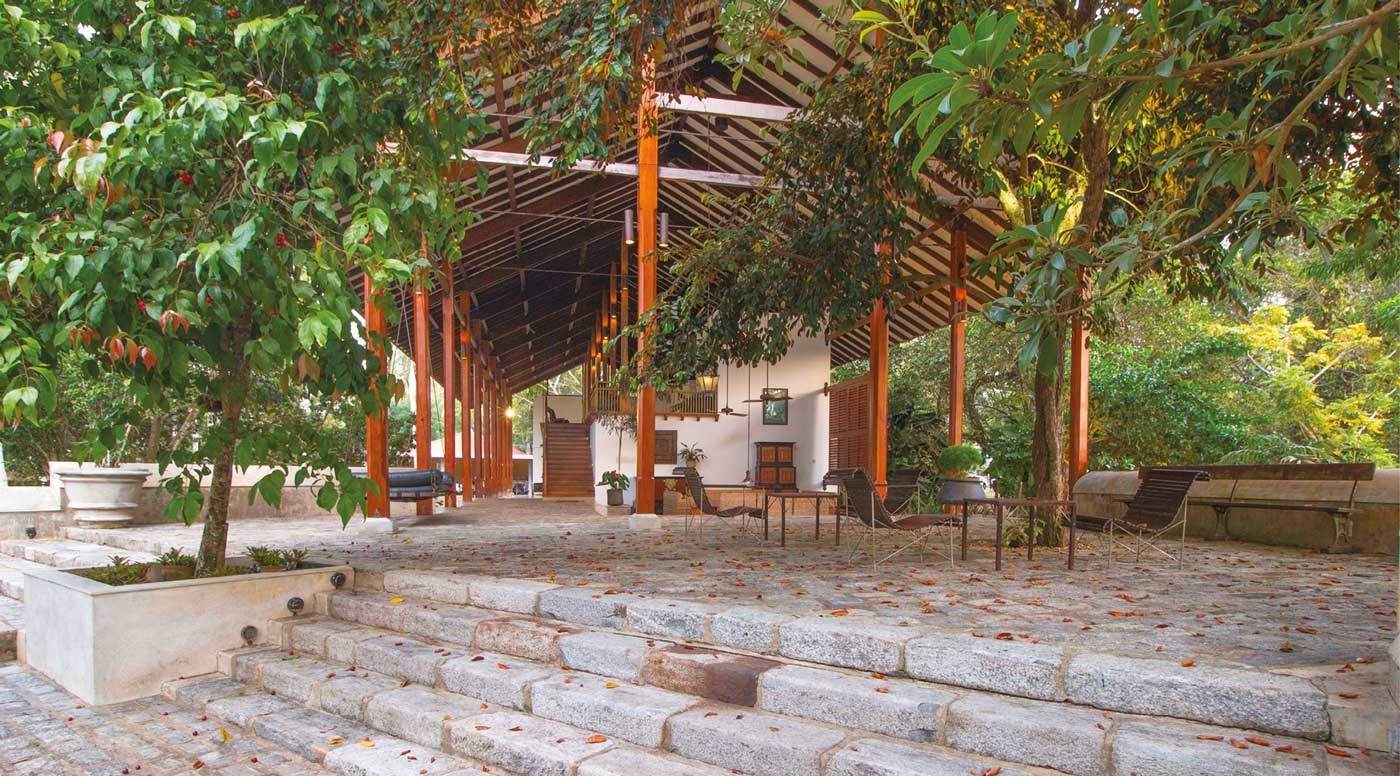
Architecture is nurtured by artistic tradition
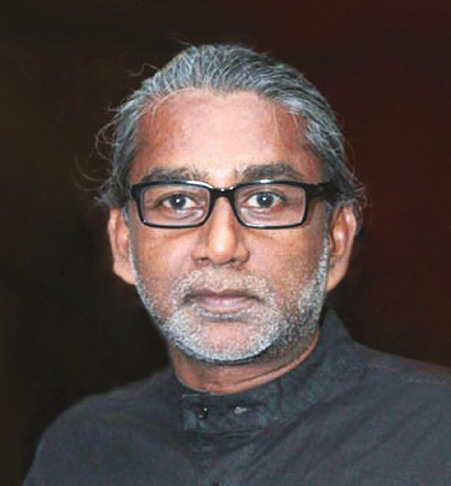
Bernard Gomez
in conversation with
Lashani Ramanayake
Bernard Gomez enrolled at the University of Moratuwa to study architecture, and his interest blossomed under the guidance of passionate teachers such as the late architects Chris De Saram and Vidura Sri Nammuni.
Later, he apprenticed with architectural icons such as the late Valentine Gunasekara and Minnette de Silva. With a bias for 3D space and its influence on the human psyche, Gomez asserts that good architecture addresses function, delights the senses, elevates the spirit and brings a civilising influence on society.
Q: How do you view the bond between an architect and his or her work?
A: Authored projects are important and part of a search for artistic truth. An architect is constantly learning from built and unbuilt projects, honing his or her craft through keen observation and curiosity about people, experiences, places and nature.
Each project is memorable – it’s a combination of one’s experiences and intellectual development at the time. Unfortunately, some projects end up as distortions of the original intention due to outside influences or client interference. Fortunately I’ve been spared this problem.

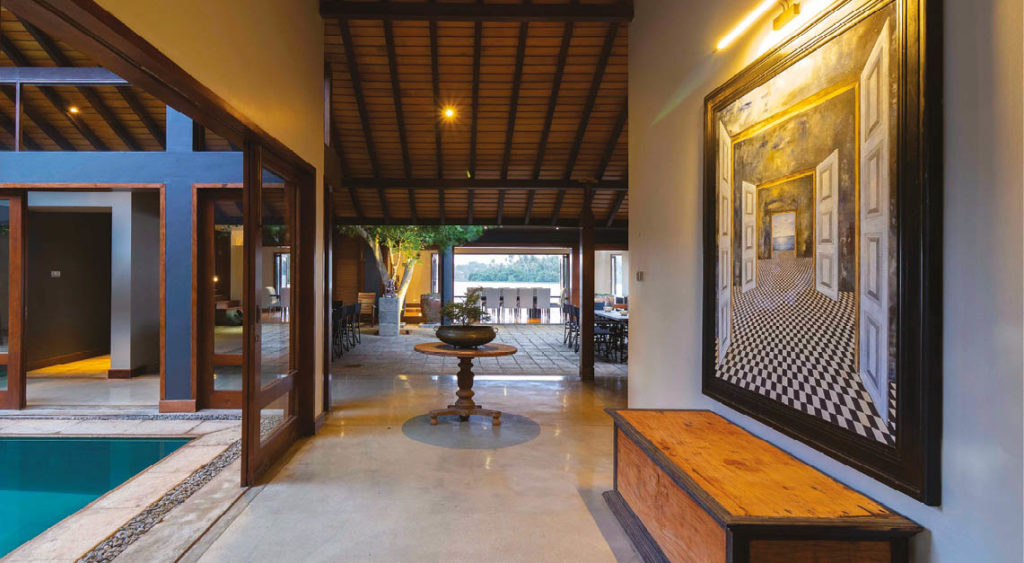
Q: Are traditional and contemporary designs adequately exposed internationally?
A: Sri Lanka has a rich indigenous design tradition. Be it architecture, painting, sculpture or calligraphy of Sinhala letters, our design is rooted in cultural tradition with strong ties to religion and ritualistic beliefs.
Art and architecture – the mother of all arts – which is tempered and honed by artistic tradition, should be an artist’s contemporary approach. This does not mean slavish adherence to tradition but a design approach that is respectful of tradition and yet contemporary in spirit.
Unfortunately, Sri Lankan design as a brand has been diffused by globalisation, leading to a strong influx of global players and mass production.
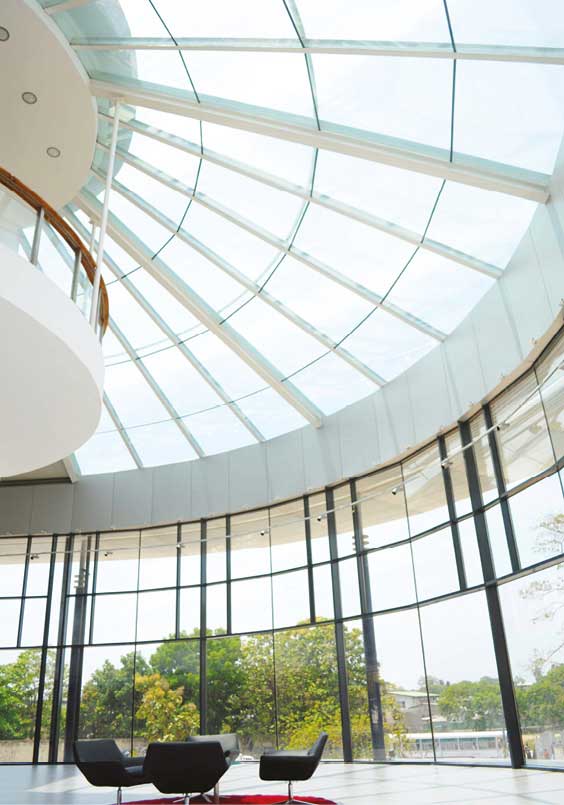
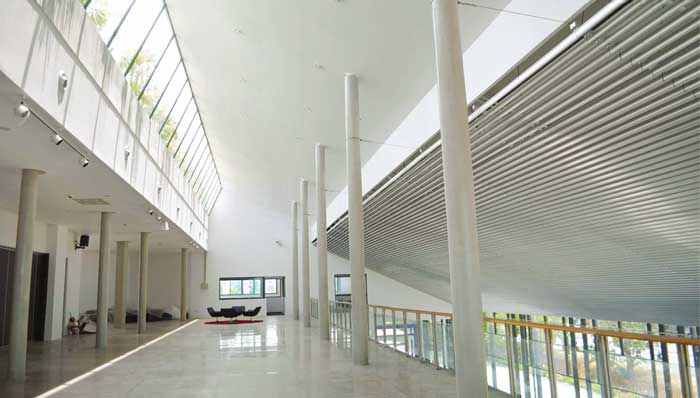
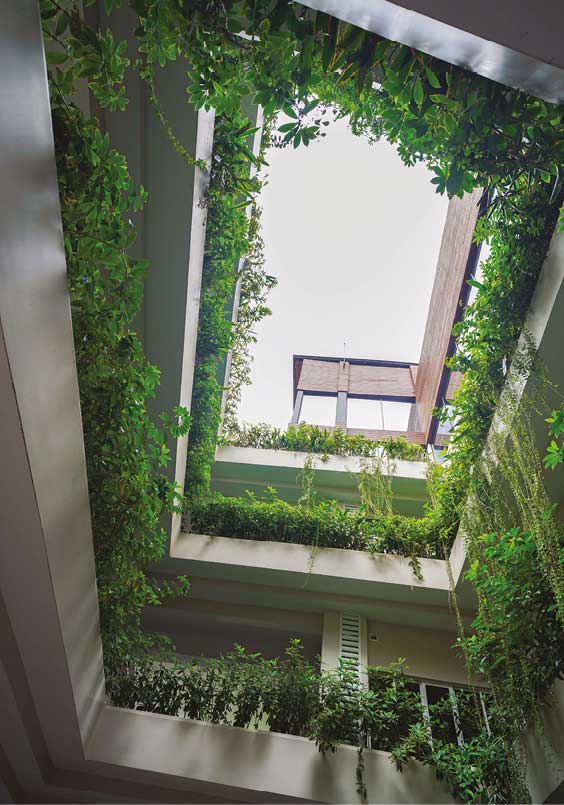
Q: How can the private sector be more involved in this space?
A: The private sector must lead the way in marketing Sri Lankan design as an international brand in its own projects. This will preserve indigenous craft traditions while promoting entrepreneurship in the arts. There’s no lack of local talent; but there is a deficiency in marketing and channelling that talent into the profession.
We pay attention to this aspect, and our design approach is strongly contextual with respect to site conditions, urban scale, local climate and cultural traditions.
Q: What impact can we expect from current construction trends?
A: The construction industry is rapidly giving way to a singular global trend. This so-called ‘iconic project’ has been conceived by global investors with little or no sensitivity to the country’s requirements, existing urban scale, available infrastructure or culture.
The current luxury housing bubble in Colombo, which I believe is about to burst, is a good example with its ad hoc scale, design and ridiculous prices. These have been conceived by those with dollar signs in their eyes and little sensitivity to the character of the city.
Colombo should have a strong unique character and urban identity rather than be another Singapore or Kuala Lumpur. While supporting development, I would prefer energy efficient projects to create greener and less dense footprints.

